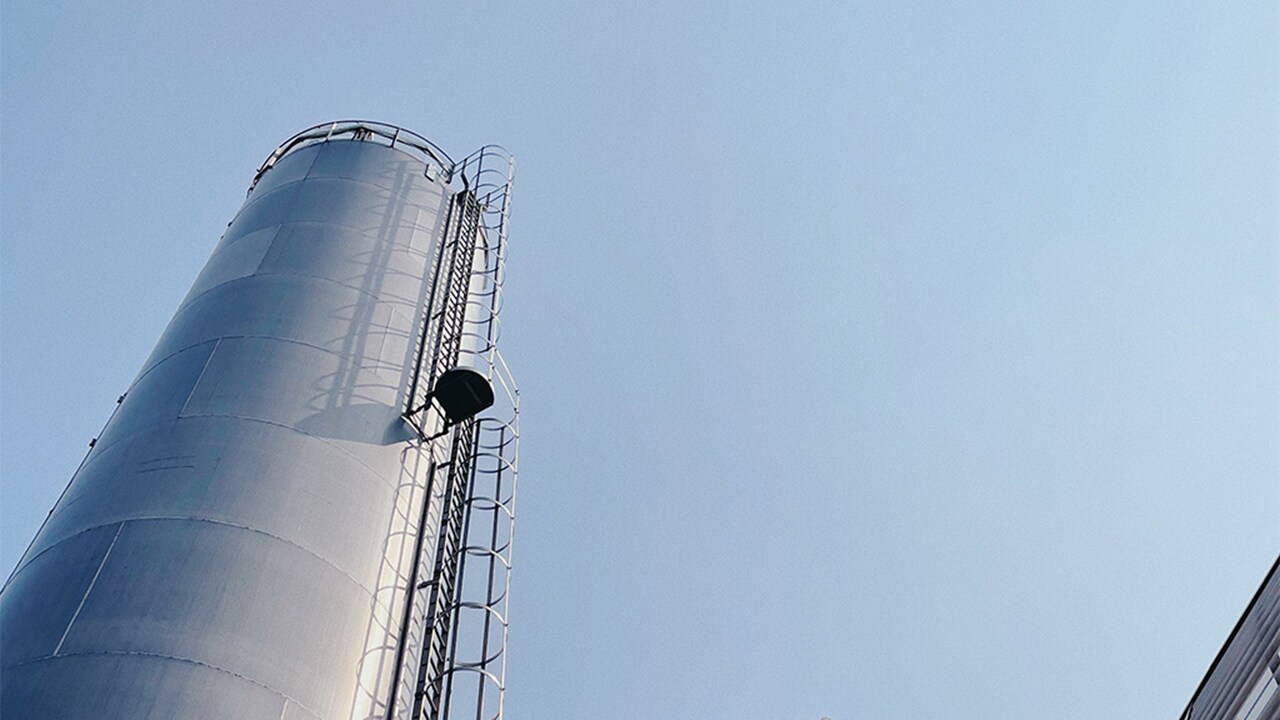Today, 96 per cent of all manufactured goods contain a chemical – from cleaning products and cosmetics to personal devices, food products, clothing, and vehicles.
The COVID-19 pandemic, combined with political and economic crises across the world, has upended the transportation and distribution of chemicals. In the face of these continued disruptions, the need for resilient chemical supply chains has never been greater. For many companies, the solution has been in end to end logistics.
By opting to work with an integrated logistics provider, chemicals companies can improve the reliability, efficiency, and visibility of their supply chains. This applies across product types – from agrochemicals and fertilisers to commodity chemicals and speciality chemicals, including consumer chemicals.
The benefits of increased flexibility
Integrated logistics in chemicals can reward companies with more flexibility. Transportation modes can be varied to include a mix of ocean, intercontinental rail, and airfreight. This protects chemical companies and limits the impact of cyberattacks or delays due to unforeseen circumstances.
Transport by ocean, rail, road, or air can be combined with integrated logistics solutions such warehousing and distribution. This means companies can speed up or slow down the supply chain as needed. They can choose to have chemicals delivered at a time that best suits them and their customers, optimising sale price, costs, and the end customer experience.
Gaining end to end visibility
Chemical logistics has not escaped the need for speed to market, nor customers’ expectation for visibility across the entire chemical supply chain. “Chemical companies want the ability to synchronise their supply chains with that of their customers. In the age of e-commerce, they want to meet customers’ expectations for fast responses and delivery. The right end to end logistics provider can tick all those boxes,” says Maersk’s Global Vertical Head of Chemicals, Patrick Hore.
This can be achieved through end to end services, which may include digital platforms offering real time, on demand visibility of all stages of the supply chain, from start to finish. These can ensure companies have a low-touch way to stay up to date on key milestones. When disruptions arise, they have guidance around the possible corrective actions and the associated costs. End to end visibility allows for more effective communication between teams and their end to end services provider. It supports collaboration, unlocking opportunities to optimise production planning and continue to evolve supply chains – not least for the end customer.
End to end solutions can also help respond to the chemicals industry’s growing climate requirements, and the expectations of customers. For example, the European Union has put in place a chemicals strategy to help meet its "zero pollution ambition". In 2021, a PWC study found an increasing number of customers are willing to pay for "healthier, safer and more environmentally conscious" products.
By better understanding their supply chain through end to end services, including measuring their greenhouse gas emissions footprint, companies are implementing efficiencies and finding the most appropriate solutions to reach their decarbonisation targets and those of their customers.

The right decisions at the right time
In recent years, the widespread disruption to global supply chains has had crucial implications for companies, including affecting revenue and customer retention rates. End to end logistics help companies anticipate issues and allow them to plan and act with agility.
In 2021, an Association for Supply Chain Management report found that over half of companies did not have end to end visibility in their supply chains. These companies lack the precise, holistic view of operations that integrated logistics in chemicals can provide, helping to identify and resolve issues quickly. With access to granular detail at all the relevant stages, a chemicals company can make better, faster decisions. Understanding inventory across storage hubs and supply networks, for example, means a company can appropriately shift sourcing, manufacturing, and distribution in response to a disruption, and demonstrate their right to take market share.
A fully configurable service
Each company in the chemicals industry has a unique set of goals, needs, and challenges. Integrated logistics in chemicals can offer the opportunity for companies to configure their experience. Efficiencies, transit times and other factors that matter to the company are taken into consideration, as well as the need to comply with regulations and standards for chemicals.
End to end logistics gives chemical companies a competitive edge in an environment where supply chains are increasingly complex, international competition is growing and customer expectations are heightened. With integrated logistics in chemicals focussed on strong, streamlined supply chains, chemical companies can focus on what matters most to them: achieving their goals and growth ambitions.
未来,您想随时了解必读行业趋势吗?
您已经完成了,欢迎“登船”!
很抱歉,发送您的联系请求时出现问题。
请查看表单字段,确保所有已正确填写所有必填信息。如果问题仍然存在,请联系我们的支持团队以获得进一步的帮助。
未来,您想随时了解必读行业趋势吗?
使用此表格注册,即可直接在您的邮箱中接收我们的洞察见解,进入一个真正的综合物流世界。简单操作,即从我们为您量身定做的精选文章中获得启发,了解相关行业洞察信息。您可以随时取消订阅。

